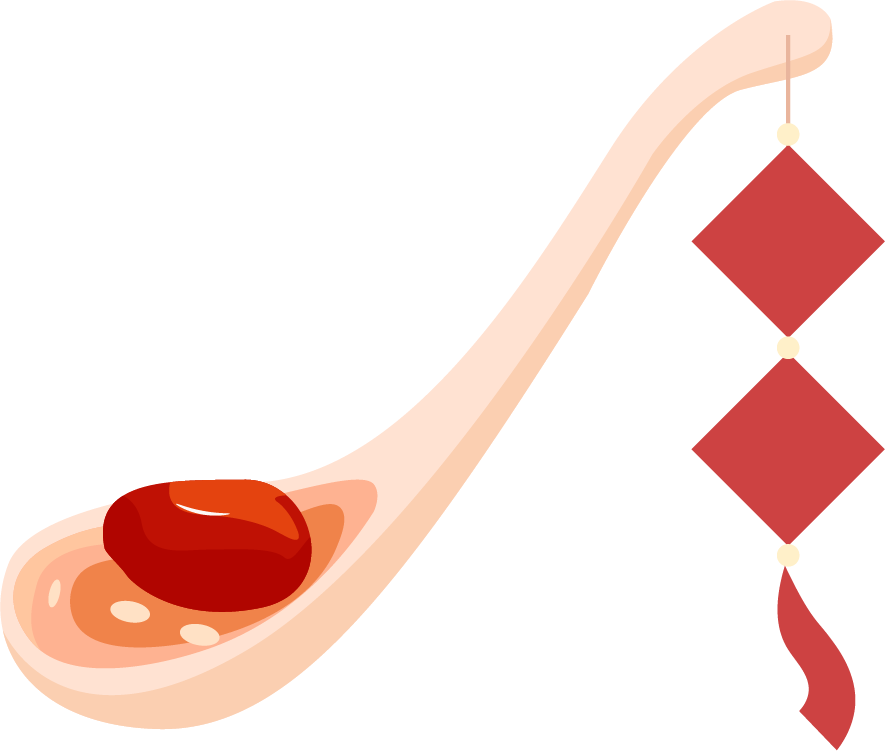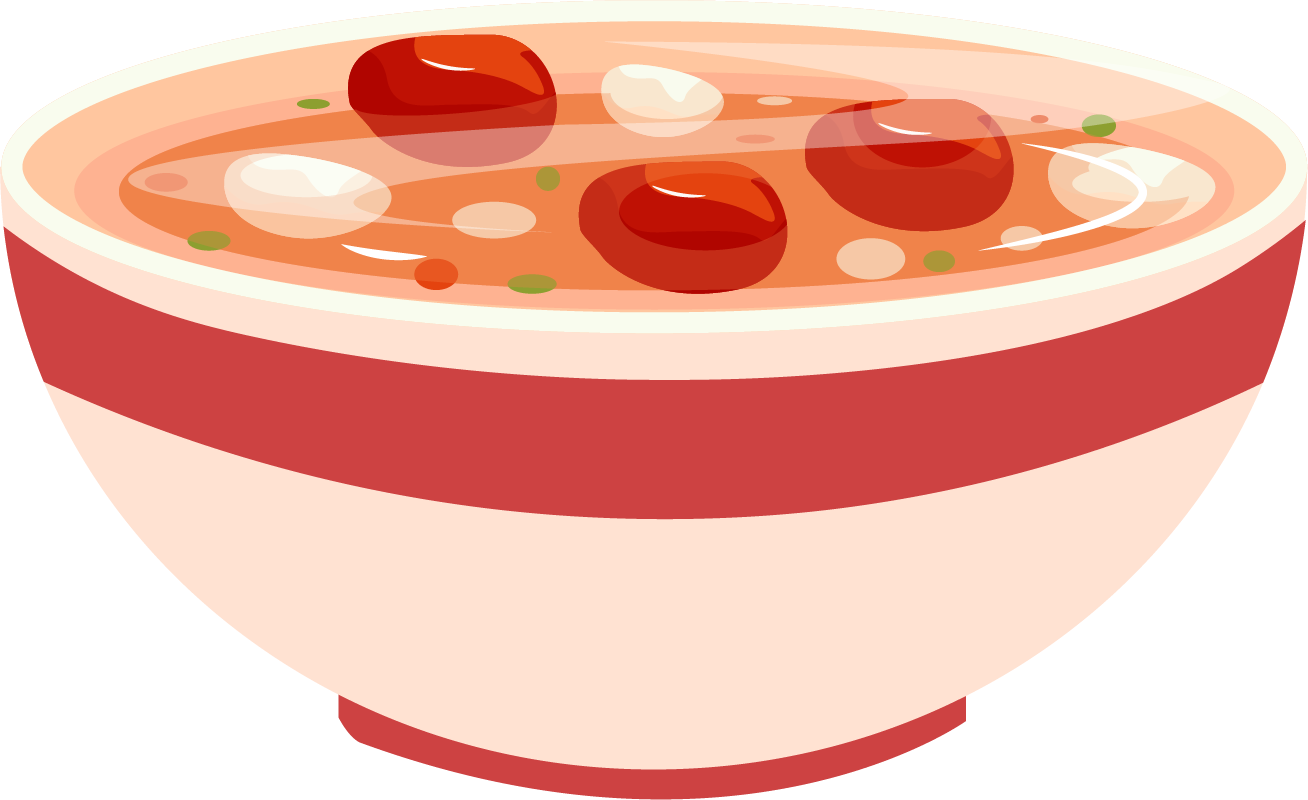
英语的句子结尾用来放置较长或较复杂的短语或分句,或用来放置新信息;句子开头用来放置较短或简单的短语或分句,或用来放置旧信息。(见Joseph M. Williams, Style: Lessons in Clarity and Grace. Ninth Edition, Pearson Longman, 2007)这一点是所有语言的共性,因为这样的信息排列符合人类认识事物的规律:从简单到复杂,从已知到未知。下文举出了几个例子,说明这一规律。 例1:中国制造商意识到,若他们想在本国市场脱颖而出,在外国市场崭露头角,就必须设计更好的产品。 原译:Chinese manufacturers have realized that in order to stand out in the domestic market and to emerge in the international market, they must design better products. 改译:Domestic companies have come to realize they must improve product design if they are to stand out in the home market, and also to make name for themselves in the international one 这一改译就是将较长的信息放在了后面。 例2:中国公司想创造世界品牌,外国公司想增加在中国的销量,这些都正改变着中国的设计产业。 原译:Chinese companies’ wish to create world famous brands and foreign companies' wish to promote sales in China are transforming the country' s design industry. 改译:The Chinese world of design is being transformed by the twin desires of Chinese companies seeking to establish brands globally and foreign companies trying to increase their sales within China. 这一改译就是将较长的信息放在了后面,同时也是将新的信息放在了前面。




微信扫描二维码,关注微信公众号“同文翻译”,了解更多资讯!